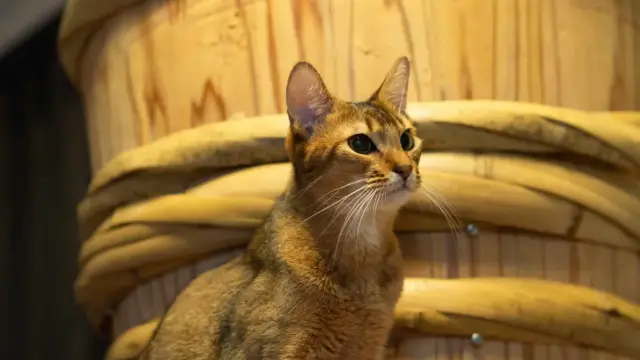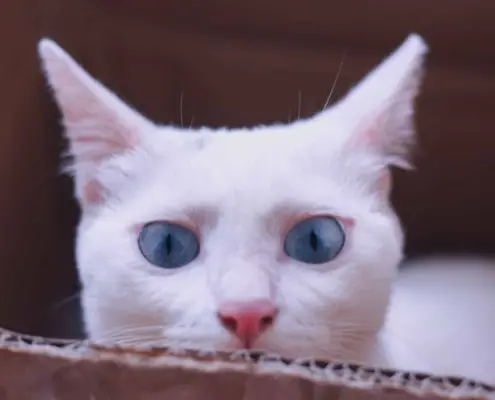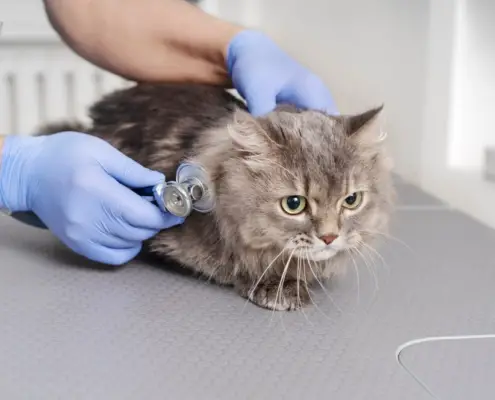
Cat excretion is an essential topic for any cat owner to understand. From the anatomy of a cat’s urinary system to the different types of excretion, there is much to learn. This article will explore all aspects of cat excretion, including common litter box problems, health concerns, and tips for maintaining a clean litter box. By gaining a deeper understanding of cat excretion, you can ensure your feline companion’s well-being and create a harmonious environment in your home.
Understanding the anatomy of a cat’s urinary system
To comprehend cat excretion fully, it is crucial to familiarize yourself with the anatomy of a cat’s urinary system. Cats have a complex urinary system consisting of the kidneys, ureters, bladder, and urethra. The kidneys filter waste products from the blood, producing urine that travels through the ureters to the bladder. From the bladder, urine is expelled through the urethra during urination. Understanding this process is key to identifying any potential issues with your cat’s urinary system.
Types of cat excretion – urine and feces
Cat excretion involves two primary types: urine and feces. Urine is the liquid waste product eliminated by the kidneys. It contains water, electrolytes, and various waste substances. Feces, on the other hand, is the solid waste material expelled from the digestive system. It consists of undigested food, bacteria, and other waste products. Both urine and feces provide valuable insights into a cat’s overall health, making it essential to monitor their excretion patterns.
Common litter box problems and how to solve them
Litter box problems can be a source of frustration for both cats and their owners. Some common issues include inappropriate elimination, refusal to use the litter box, or excessive tracking of litter. To solve these problems, it is important to consider factors such as the location and cleanliness of the litter box, the type of litter used, and the number of litter boxes available. By addressing these issues, you can create a comfortable and appealing environment for your cat to use the litter box consistently.
Health concerns related to cat excretion
Cat excretion is closely linked to various health concerns. One common issue is urinary tract infections (UTIs), which can cause discomfort and pain for your cat. Symptoms of UTIs include frequent urination, blood in the urine, and difficulty urinating. Another health concern is feline lower urinary tract disease (FLUTD), which encompasses various conditions that affect the urinary system. It is important to recognize the signs of these health issues and seek veterinary care promptly to prevent further complications.
Signs of urinary tract infections in cats
Urinary tract infections (UTIs) can be a significant health concern for cats. Recognizing the signs is crucial for early intervention and treatment. Some common symptoms of UTIs in cats include frequent urination, straining during urination, blood in the urine, and urinating outside the litter box. If you notice any of these signs, it is essential to consult with your veterinarian to determine the underlying cause and receive appropriate treatment. A prompt diagnosis and treatment can help alleviate your cat’s discomfort and prevent the infection from worsening.
Tips for maintaining a clean and odor-free litter box
Maintaining a clean and odor-free litter box is essential for both you and your cat’s well-being. Regular cleaning and proper hygiene practices can help create a pleasant environment for your feline companion. Some tips for maintaining a clean litter box include scooping the litter box daily, replacing the litter regularly, and thoroughly cleaning the litter box periodically. Additionally, choosing the right type of litter and providing adequate ventilation can also contribute to an odor-free litter box.
Choosing the right litter for your cat
Choosing the right litter for your cat plays a crucial role in their comfort and litter box usage. Cats have individual preferences when it comes to litter, so it may take some trial and error to find the perfect match. Consider factors such as texture, scent, and dust level when selecting a litter. Some common types of litter include clay-based, clumping, and natural alternatives. By finding the litter that suits your cat’s preferences, you can encourage consistent litter box usage and minimize any potential issues.
Environmental considerations for cat excretion
When considering cat excretion, it is important to be mindful of environmental factors. Traditional clay-based litters, for example, can have a significant environmental impact due to their extraction and disposal processes. However, there are more eco-friendly alternatives available, such as biodegradable litters made from recycled materials or natural substances like corn, wheat, or pine. By choosing environmentally friendly options, you can reduce your carbon footprint and contribute to a more sustainable future.
Conclusion and key takeaways
Understanding all aspects of cat excretion is essential for cat owners. By familiarizing yourself with the anatomy of a cat’s urinary system, the different types of excretion, and common litter box problems, you can ensure your cat’s health and well-being. Recognizing the signs of urinary tract infections and implementing proper litter box hygiene practices are crucial steps in maintaining your cat’s urinary health. Additionally, selecting the right litter and considering environmental factors can contribute to a comfortable and sustainable litter box experience for both you and your feline companion. Remember, a clean and odor-free litter box is essential for a happy and healthy cat.
If you enjoyed my article, I would appreciate you sharing it with your network.

Sima Ndlebe
Sima writes for CatBuzz. He is interested in Cats, Health and Fitness, and Entrepreneurship.
Published: 1 November 2023
Related Articles
Disclaimer
The content found on CatBuzz.org is presented on an "as is" basis and is intended for general consumer information and education purposes only. Any utilization of this information is voluntary and solely at the user's own risk.
None of the articles or content should be regarded as, or used in place of, veterinary medical advice, diagnosis, or treatment. The information provided on the website is purely for educational and informational intentions and should not be considered a substitute for professional guidance from a veterinarian or other qualified expert. The articles are designed to inform consumers about veterinary healthcare and medical matters that may impact their cat's daily life. It should be noted that this website and its services do not constitute the practice of any form of veterinary medical advice, diagnosis, or treatment. CatBuzz.org explicitly disclaims any liability for any direct or indirect damages or losses that may arise from the use of or reliance on the information contained within the content.
Consumers must consult a veterinarian, veterinary specialist, or another qualified veterinary healthcare provider when seeking advice regarding their cat's health or medical conditions. It is important not to ignore, avoid, or postpone seeking medical advice from a veterinarian or other qualified veterinary healthcare provider solely based on information obtained from this website. If you believe that your cat may be experiencing a medical issue or condition, it is imperative to promptly contact a qualified veterinary healthcare professional.



